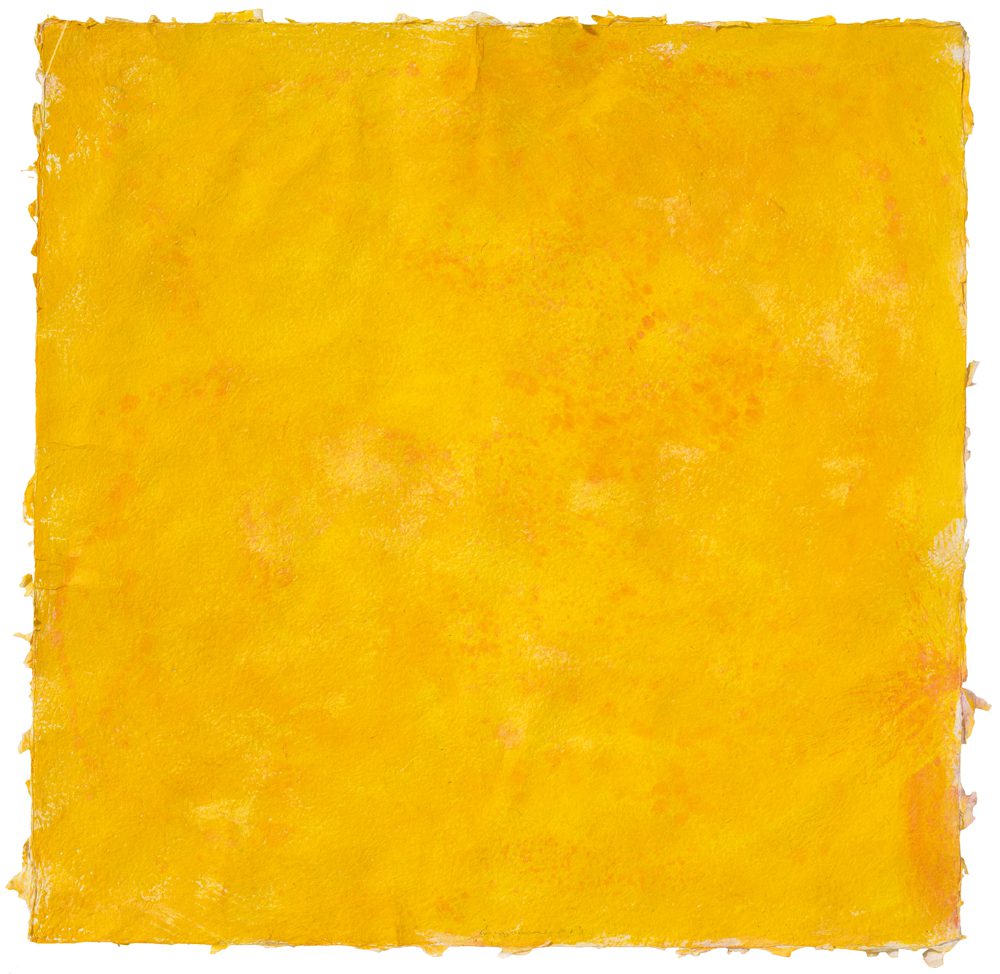
Color is both a phenomenon and a medium of visual perception and communication. As a phenomenon, it shapes the vivid experience of our being in the environment, while as a medium it refers to content-related meanings, emotional moods and functional contexts. As a light color it appears atmospherically dissolved to the viewer, as a body color it has a form-forming and materializing effect.
The antithesis of colored light is darkness, whose influence on the aesthetics and function of the world of appearances can be seen in the spatial play of shadows. The multi-layered sensations of color result from the interaction of light with the entire organism. Color and light are two sides of the same phenomenon, since color shines and light colors.
Color is the sensory basis for any form of vivid learning. Even shortly after birth, colors have a fascinating and interesting effect on all children, who explore the hidden learning potential with all their senses. Colors are our most important access to the world, as they allow us to perceive most of the characteristics and behaviors of people, things and spaces from a distance. We can see what something is, how it behaves and what we can do with it from the colored pixels of our perceptual images.
What we have already learned about the world of colors in our living environment is reflected in our memory in the form of associative structures. The nerve networks of our brain reflect the world of colors with their meanings and opportunities for action in every phase of life and thus contribute significantly to the formation of experience, the acquisition of knowledge and personality development.
The term education makes it clear that all forms of learning, such as language or action practices, are linked to the acquisition of meaningful images. In the colors of our environment, we only see what we have already experienced and learned.
Location: Situation Kunst (for Max Imdahl)
Nevelstr. 29 c
44795 Bochum-Weitmar
Lecture date:
Sunday, January 26, 2020, 11 a.m.


